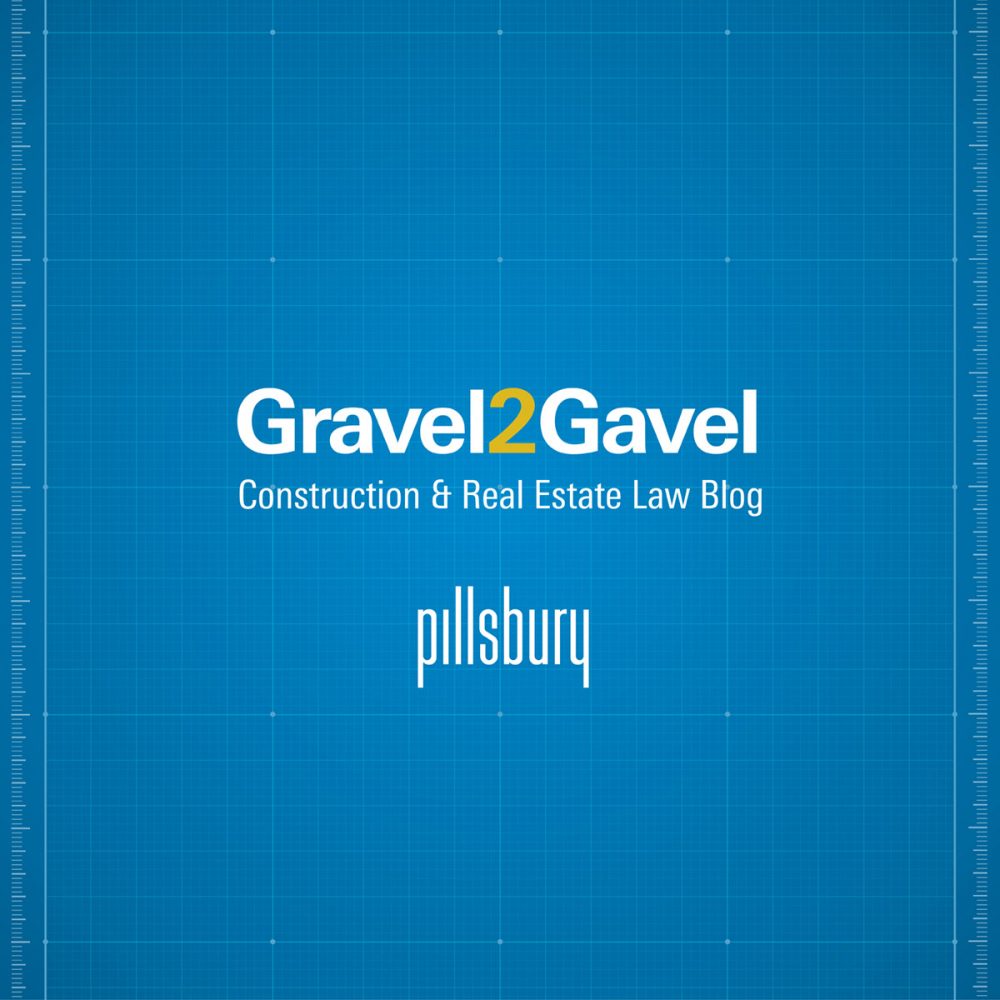Single Means Claims: Drifting from Policy
“Enfish indicates that the pendulum may be swinging too far against the practice of functional claiming at the expense of the policy behind this rule.”
A single means claim is a claim with a single limitation that is drafted in a means-plus-function format. Being a single means claim is a capital offense. Once a claim is interpreted as such, it is rejected, or invalidated, as too broad to be enabled by any supporting disclosure. While the current statutory ground for rejection of a single means claim is lack of enablement under 35 U.S.C. 112(a), no enablement analysis is required and the rejection/invalidation is automatic. The language of the claim alone, without reference to the disclosure, determines whether a claim is or is not a single means claim.
A claim avoids the trap of single means when either of 1) a single limitation or 2) written as a “means for” performing a function is not met. Except, since Williamson v. Citrix Online, LLC, 792 F.3d 1339 (Fed. Cir. 2015), which held that any nonce term can be interpreted as a generic placeholder and render the limitation functional, avoiding the “means for” language is no longer sufficient.
The marquee aspect of the functional claiming is breadth. The intent of the drafter is to claim broadly and the policy behind the prima-facie rule against a lone functional limitation is to reign in undue breadth. Yet, a single compound limitation can be narrower than several simpler ones and the application of a per se rule has the potential of striking down narrow claims that were not the intended target of the policy.
One kind of evidence of breadth of scope is availability of art rejection. Art rejection is, thus, related to single-means determination. A claim that cannot be rejected by art is unlikely to be a single means claim.
In Re Gilbert P. Hyatt 708 F.2d 712 (Fed. Cir. 1983) is discussed as the key case establishing the law of single means claims and a contrast is made against the more recent Enfish, LLC v. Microsoft Corp., 9 F. Supp. 3d 1126 (C.D. Cal. 2014).
Construct Upon Construct
Single-means interpretation needs to be conservative because its rationale depends on layers of construct:
First, the language of 35 U.S.C. 112(f) (pre-AIA sixth paragraph) has no express ban against a claim that consists of a single means-plus-function limitation. Rather, the qualification of a means-plus-function limitation as an “element in a claim for a combination” has been interpreted to indirectly exclude a means-for limitation that is the single limitation of a claim.
Second, there is no difference in form between a limitation drafted in the means-plus-function format whether it appears alone in a single means claim or as part of a claim with two or more limitations.
A means-plus-function limitation attempts to claim a structural component according to its function. The means-plus-function format neither uses a customary name of the component, as known in the relevant art, nor sets forth the structure of the component.
A single means claim is an entire claim that includes a single limitation expressed as a means for performing a function. The single limitation of a single means claim would have been interpreted as a means-plus-function limitation had it been one of at least two limitations in the claim. It is not considered a means-plus-function limitation only because the single limitation is not an element in a combination.
Third, determining how many limitations a claim has is an arbitrary and unconstrained exercise. A poor translation can ramble on combining several limiting features into one whereas a skillful drafter can make mountains from molehills.
The following claim was interpreted as a single means claim by the Board and the Federal Circuit in Hyatt and is provided in MPEP 2181.V as an example of what not to do:
- A Fourier transform processor for generating Fourier transformed incremental output signals in response to incremental input signals, said Fourier transform processor comprising incremental means for incrementally generating the Fourier transformed incremental output signals in response to the incremental input signals.
The appellant had unsuccessfully argued that claim 35 included the elements of a 1) Fourier transform processor, 2) transformed output signals, 3) input signals, and 4) a Fourier transform processor responsive to incremental input signals.
Fourth and finally, the verdict is too stark to be based on form alone. If a diagnosis of single means is made, invalidation for want of enablement is automatic and without further analysis. While the courts after Hyatt reject a single means claim for lack of enablement, no determination of lack of enablement is required and the Wands factors need not be applied.
Pendulum of Functional Claiming in History
Mark A. Lemley, in Software Patents and the Return of Functional Claiming, 910-919 points to a pendulum of functional claiming.
The genesis of single means claims is attributed to O’Reilly v. Morse, 56 U.S. (15How.) 62 (1853). In O’Reilly v. Morse, the applicant expressly laid claim to future inventions that were yet to use the principle he had discovered. The Supreme Court rejected the claim: “In fine, he claims an exclusive right to use a manner and process which he has not described and indeed had not invented, and therefore could not describe when he obtained his patent. The court is of opinion that the claim is too broad, and not warranted by law.” O’Reilly v. Morse at 113.
Next came a period of rise in functional claiming. One example was successful assertion of functional language of a patent to Wright Brothers to the degree that one frustrated subsequent inventor said: “the Wright brothers believe their patent was so broad that anyone who jumped up and down and flapped their arms infringed it.” Lemley at 913-914.
In response to this level of abuse, the Supreme Court in Halliburton Oil Well Cementing Co. v. Walker, 329 U.S. 1 (1946) held the means-for patent claims indefinite because they used functional language for the exact point of novelty. Note that Haliburton Oil rejected the functional claiming as indefinite as opposed to not enabled.
Reacting to the broad ruling of Halliburton Oil, Congress enacted the 1952 patent act with the compromise language of 35 U.S.C. 112, sixth paragraph, that permits functional language but limits the interpretation to structures disclosed in the application.
In re Hyatt
At the time of the Hyatt decision, the 1952 Patent act was in effect.Claim 35, provided above, was at issue and the application had been to the Board twice. The first time, the examiner had rejected the claims under 35 U.S.C. 102 as anticipated but the Board had changed the grounds to indefiniteness. In the second case, the examiner followed the Board and the Board affirmed.
Judge Giles Rich of the Federal Circuit agreed with the single means interpretation of the Board but based the rejection on lack of an enabling disclosure under the first paragraph of 35 U.S.C. 112. Judge Rich explained that the “long-recognized problem with a single means claim is that it covers every conceivable means for achieving the stated result, while the specification discloses at most only those means known to the inventor.” Hyatt at 714. As support for this rationale, he cited to O’Reilly v. Morse, which was decided about 100 years prior to the 1952 Patent Act. Morse’s application had unabashedly declared: “Eighth. I do not propose to limit myself to the specific machinery or parts of machinery described in the foregoing specification and claims, the essence of my invention being the use of the motive power of the electric or galvanic current, which I call electro-magnetism, however developed for marking or printing intelligible characters, signs, or letters, at any distances, being a new application of that power of which I claim to be the first inventor or discoverer.” O’Reilly v. Morse at 112-113.
The Supreme Court in O’Reilly v. Morse had found the root cause of invalidity as the claim being “too broad” and Judge Rich took note: “Thus, the claim is properly rejected for what used to be known as ‘undue breadth,’ but has since been appreciated as being, more accurately, based on the first paragraph of Sec. 112.” Hyatt at 714.
While relying on the policy of O’Reilly v Morse, Judge Rich also discussed the role of the language: “A mere recital of a multitude of elements or steps in a claim is not determinative of the invention it defines. A claim must be read in accordance with the precepts of English grammar. In claim 35, the invention defined is what follows the word ‘comprising.’ Indeed, appellant has admitted that claim 35 is drawn to only a single element when he asserts that it is not drawn to a combination. Appellant’s denomination of every noun in the claim as a separate element ignores the fact that these words function as mere description of the single claimed means.” Hyatt at 714.
On the one hand, the formulation of Hyatt can be considered a paraphrase of “Too Broad” that was the basis for the rejection of the Morse’s claim eight. Particularly that Judge Rich also finds the saving grace of claims with a plurality of means-plus-function limitations in the narrow construction of each limitation as dictated by 112, sixth paragraph: “The final paragraph Sec. 112 saves combination claims drafted using means-plus-function format from this problem by provided a construction of that format narrow enough to avoid the problem of undue breadth as forbidden by the first paragraph. But no provision saves a claim drafted in means-plus-function format which is not drawn to a combination, i.e., a single means claim.” Id. at 715.
On the other hand, Judge Rich also discusses the role of grammar.
The claim of Hyatt was broad and its format was single means. The decision is based on a Boolean AND of two coinciding factors: (broad claim) AND (language including one single “means for” after the “comprising”). However, not always do the two overlap so closely as they did in Hyatt. The syntax of a narrow claim can create a single means illusion where the AND function requires both elements to be present.
A District Court Enfish
Coming closer to the present, Enfish invalidated, as single means claims, claims 1, 2, and 16 of U.S. Patent No. 6,151,604, which had been found novel and nonobvious by the examiner.
Claim 1 is provided below.
-
- A data storage and retrieval system for a computer memory, comprising:
means for configuring said memory according to a logical table, said logical table including:
a plurality of logical rows, each said logical row having an object identification number (OID) to identify each said logical row, each said logical row corresponding to a record of information;
a plurality of logical columns intersecting said plurality of logical rows to define a plurality of logical cells, each said logical column having an OID to identify each said logical column; and wherein
at least one of said logical rows has an OID equal to the OID of a corresponding one of said logical columns, and at least one of said logical rows includes logical column information defining each of said logical columns.
Enfish includes a section called “B. Means-Plus Function Claiming for a Single Means”which summarizes the past decisions on the subject and then decides:
Claims 1, 2, and 16 are not directed to a combination and are therefore impermissible single means claims under 35 U.S.C. § 112(a).
Each of Claims 1, 2, and 16 list only one element after the term “comprising” — a “means for configuring said memory according to a logical table.” Every other requirement of the claim describes an attribute of the configured logical table. There is no other verb in the claims that corresponds to another function performed by the claimed means. As stated in Hyatt, a grammatically correct reading shows that the additional indented paragraphs of the claim list nouns describing attributes of the logical table and therefore only provide additional descriptions of the single claimed functional element….
Enfish at1129-1130 (internal citations omitted).
Enfish focuses on the form that is the less reliable factor. It refers to “grammatically correct reading” of the claim and disregards the fact that the claims were not rejected by art. The claim of Hyatt was rejected by a 35 U.S.C. 102 anticipation reference which is an indication of a broad claim. In contrast, the examiner in Enfish had found the claims allowable in view of prior art, which points away from a broad claim.
The hallmark of functional claiming is breadth and the reason for the narrowing interpretation is to rein in breadth that is not commensurate with the quid pro quo of disclosure. Judge Rich, in Hyatt, analyzes the grammatical structure of the claim but at the same time spends most of the opinion explaining that single means claims are doomed because they are too ambitious. The claim of Enfish may have a grammatical issue but, at least the examiner on the case did not find it broad; he found it allowable. The Enfish court steered clear of any discussion of whether the “single means claims” at issue were broad or not.
Enfish indicates that the pendulum may be swinging too far against the practice of functional claiming at the expense of the policy behind this rule.
Note that the above Enfish is related to but different from 56 F.Supp. 3d 1167 (C.D. Cal. 2014) which was appealed as Enfish, LLC v. Microsoft Corp., 822 F.3d 1327 (Fed. Cir. 2016).
The flaw of the single means claim was found in the substance and not merely the form. A single-means claim determination must keep in view claim eight of O’Reilly v. Morse, as noted above. This is the spirit that Hyatt had in mind when it attributed the origin of “single means claims” to O’Reilly v. Morse.
Image source: Deposit Photos
Author: alexmillos
Image ID: 53536737






